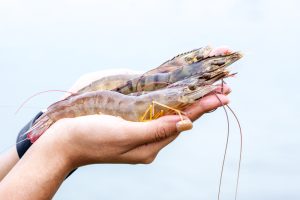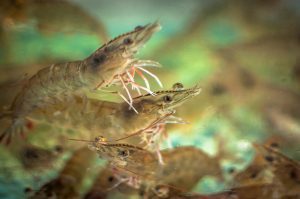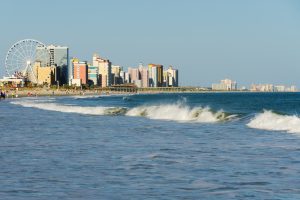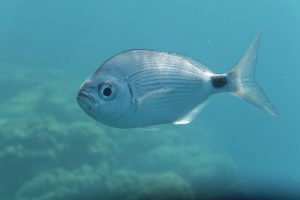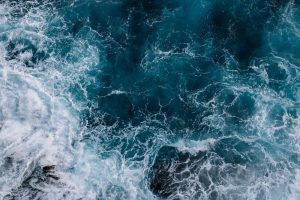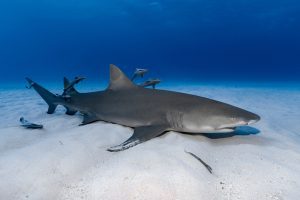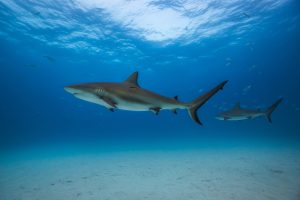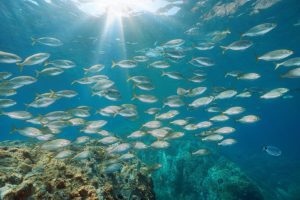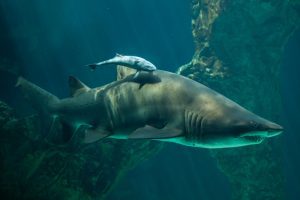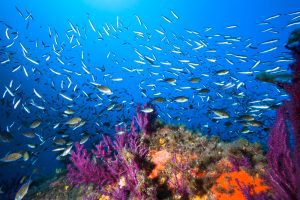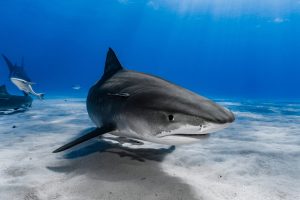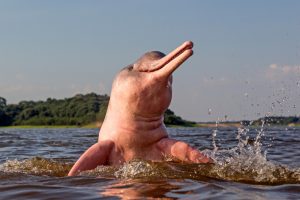In the ocean, the food supply is a complicated system in which small species are consumed by larger organisms.
The smallest organisms on the food web are microscopic vegetation, and the most powerful predators, such as sharks or seagulls, would be at the top of the list.
There are microscopic organisms such as zooplankton that, to the surprise of many, are also food sources.
So, what exactly consumes zooplankton?
Small crustaceans including krill and shrimp, mollusks, plus small fish such as herring and sardines consume a huge quantity of zooplankton, which is a type of planktonic algae.
Large schools of small fish can deplete plankton populations in a short period, but only temporarily.
Table of Contents
What are zooplankton and how do they feed?
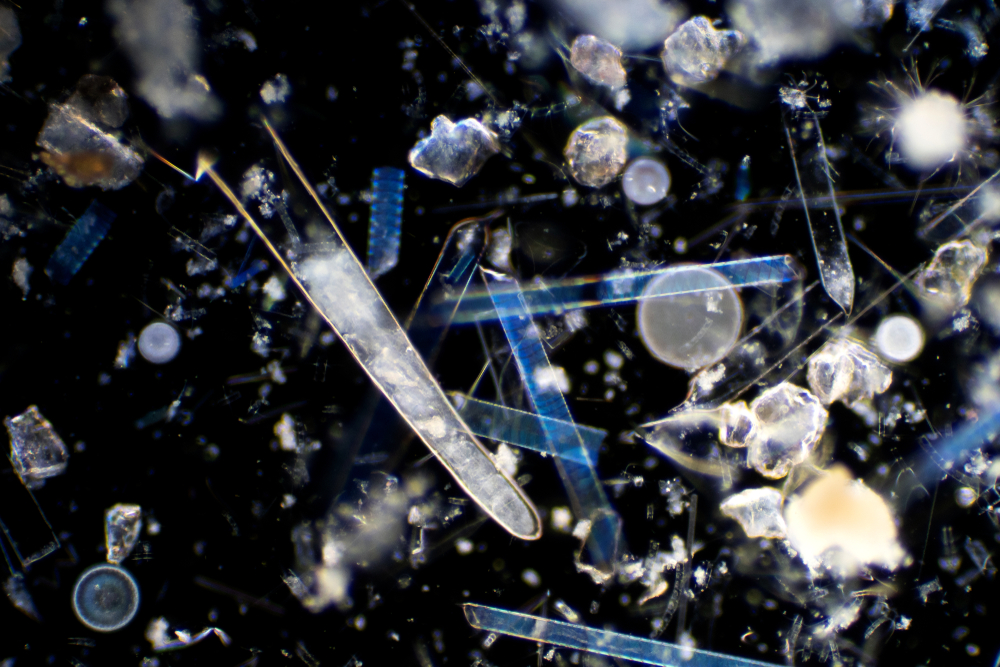
Zooplankton are microscopic, floating organisms. Microscopic copepods, jellyfish, fish larvae, and other small, bottom-dwelling organisms are among the creatures that inhabit the ocean’s depths.
These tiny creatures float around the ocean, consuming phytoplankton and transferring the energy that the phytoplankton generates through photosynthesis to another rung up the food ladder, which is fish.
Copepods comprise a vast majority of the zooplankton population. Because they account for the vast majority of the ocean’s animal mass, they serve as the most essential link between the ocean’s central producers and numerous bigger, plankton-eating organisms, like tiny herring.
Copepods are consumed by just about every fish dwelling in polar or temperate seas at some time in their lives for survival.
Most other zooplankton is ocean drifters for just a fraction of their lives; they are not true ocean drifters.
Oysters, crabs, and a few types of fish fall within this category.
What exactly are copepods, and why are they so important?
Copepods, a type of zooplankton, are any crustacean belonging to the widely dispersed crustacean subgroup Copepoda.
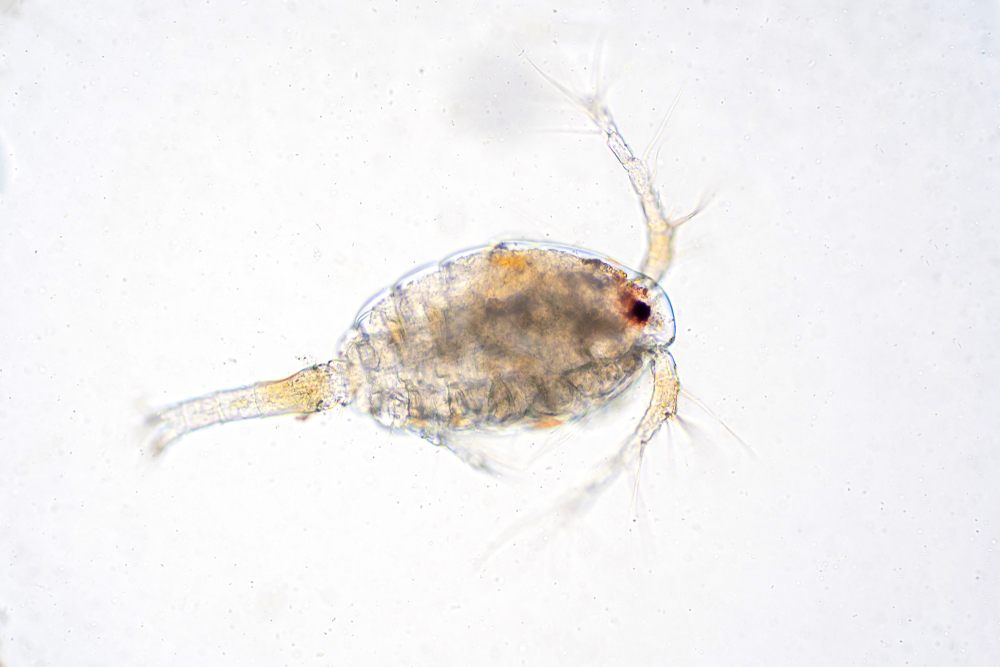
They are extremely beneficial to the environment because they provide food for many different species of fish.
The vast majority of the 13,000 recognized species comprise free-living maritime organisms that can be found all across the earth’s oceans.
Copepods are key factors of aquatic food chains, and they provide food for the majority of economically valuable fish species, either explicitly or implicitly.
Only a few species can survive in freshwater; the others can be found in moist moss, dampness at the bottom of foliage, or in humus.
Some animals are parasitic on their hosts. Water insects, microscopic surface water creatures of the family Cyclopoida that are found in fresh bodies of water, are capable of transmitting the guinea worm to people.
What are phytoplankton and why are they vital?
Phytoplankton (on which zooplankton feeds) are the self-feeding members of the plankton family, and they are an important component of both seawater and freshwater environments.
Photosynthesis is the process by which phytoplankton, like vegetation on land, receive their sustenance.
Phytoplankton require sunlight to survive, and as a result, they prefer living in the sunlit upper layers of seas and lakes.

Phytoplankton – when compared to terrestrial plants are more widely spread across a wider surface area – are subject to less seasonal change and have significantly higher turnover rates (days versus decades).
Thus, phytoplankton responds swiftly to climate shifts on a global scale as a result of this phenomenon.
What role does phytoplankton play in the ecosystem?
Phytoplankton are the building block of marine and freshwater nutrient cycles, and they play a vital role in the global natural ecosystem as well.
Even though they account for only approximately one percent of world plant biomass, they contribute to approximately 50% of photosynthetic activity globally.
They also contribute a minimum of half the oxygen generated worldwide.
You can find a wide range of phytoplankton in the ocean from armor-plated coccolithophores to plant-like algae and photosynthesizing bacteria and many other examples.
The dinoflagellates, cyanobacteria, and diatoms are three of the most important kinds of phytoplankton.
However, there are numerous additional types.
Is it possible for humans to see phytoplankton?
The vast majority of phytoplankton are too tiny to be seen singly with the naked eye. Chlorophyll’s presence inside their cells and additional pigments (like xanthophores) in several species can cause colored patches on the water’s surface to become visible when they are present in sufficient numbers.
What are planktons and how do they benefit the ecosystem?
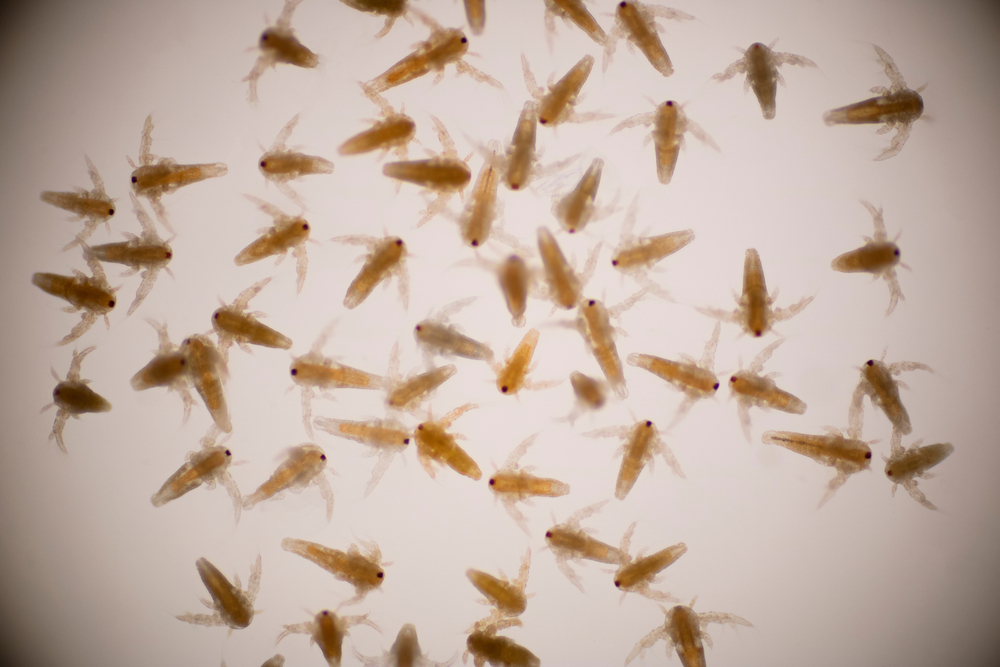
Plankton also has an important role at the very edge of the food web, acting as decomposers as well as detritivores among other things.
They break down and devour dead animal and plant substances that plunge through the water’s surface as “marine snow.”
In addition to organic and inorganic particles that descend to the seafloor, marine snow frequently contains skin, soot, sand, fecal waste, among other natural and inorganic components.
What is the primary food provider in the ocean?
Fish fulfill a range of functions and contribute to the ecosystem’s balance in a variety of ways, depending on their size and position on the food ladder.
Phytoplankton is the term used to describe the major producer in the food chain.
Producers are the ones who make the food. Floating on top of the ocean, these single-celled, microscopic plants absorb sunlight and use it to make carbohydrates by converting carbon dioxide and other substances, which are then used to sustain other marine organisms.
What is the role of plankton in the ocean?
Plankton is a vital component of the earth’s ecosystem. A vital role in the maintenance of the health and balance of the ocean and its intricate food webs is played by marine plankton, which can be found in every ocean habitat.
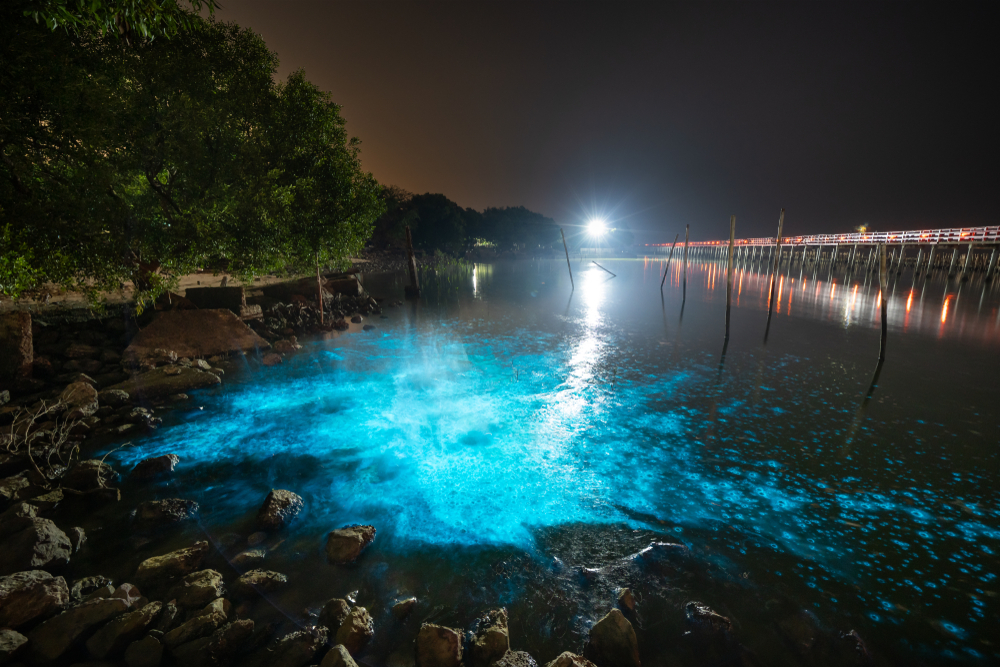
It is also possible that the oxygen, nutrients, and biomass they produce will support terrestrial life, from the food we eat to the air we breathe.
Plankton, which derives from the Greek word plankton, which means “wanderer” or “drifter,” cannot swim against waves, tides, and currents that affect their environment.
A large number of creatures that float around in aquatic settings are referred to as planktonic organisms.
Who are the ocean’s top predators?
The top of the food chain is dominated by large predators such as squid, tuna, sharks, as well as marine mammals such as certain whales and seals, which are all found in the ocean.
This group includes animals such as birds and people as well. Smaller fish are preyed upon by large predators that consume a vast mixture of smaller sea creatures.
Through recreational fishing, humans net a lot of these fish. This is in addition to larger fish like sharks and swordfish devouring them plus marine birds and ospreys that pluck them from the water and consume them whole.
This demonstrates that the predators are prey too in the ocean. Those predators at the top will consume anything and everything that comes their way, including one another.
Lobsters are among the main cannibals in the water, and they are found all over the world.
How often does the food chain restart?

The food that these enormous predators waste travels to the ocean’s bottom, where lobsters – among other bottom-dwelling animals – dine on it.
The bacteria break down some of the food, which is then returned to the soil, where the plants can benefit from the nutrients.
It is also microorganisms that decompose the feces of animals such as whales and sea turtles, who are prey to almost no other creatures.
How simple is the ocean’s food chain system?
While these linear food chains make understanding energy flow and ecosystems uncomplicated, it is rare that things are that straightforward.
Hundreds of separate food chains will likely exist inside an ecosystem at any given time.
When you integrate all of these food chains into a single information set, you get what is known as a web of food.
This complex web of connections depicts the links between all of the organisms in a particular ecosystem in a more precise manner than other methods.
A food chain or a food web serves as the foundation for all life on Earth. Every ecosystem contains organisms that are distinct from others, as well as how those organisms interact with one another.
Does the ocean food chain operate the same as land food chain?
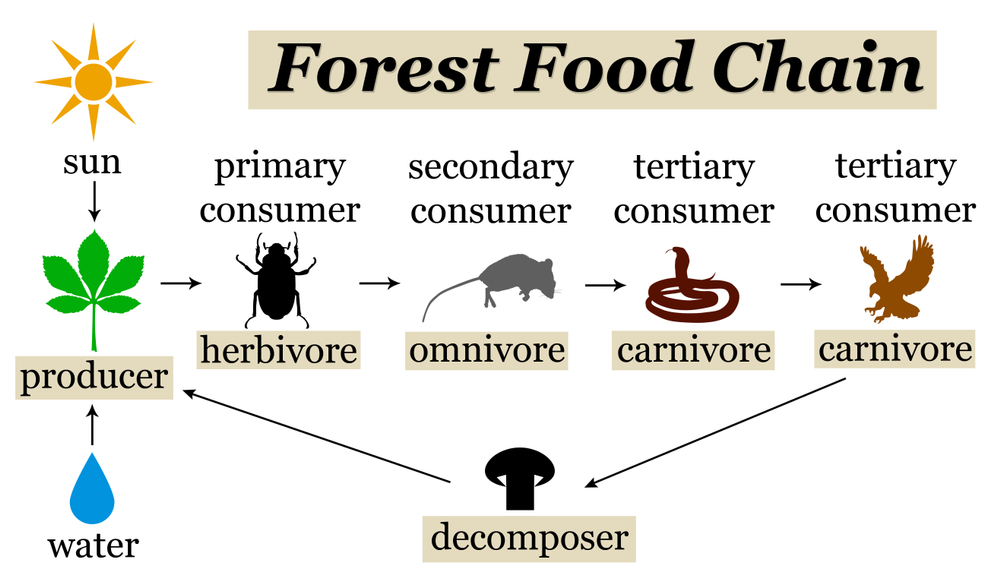
All food chains operate in the same manner, following the same basic pattern:
- Producers (often plants) are responsible for converting sunlight into food.
- Herbivores are the primary consumers of producers because they consume them.
- Herbivores are consumed by secondary consumers.
- Consumers on the tertiary level consume both primary and secondary products.
- The tertiary consumers are often consumed by the top predators in a food web.
The participants differ from one habitat to the next, with different species filling in the roles in a variety of ways depending on the environment.
The saltwater food chain follows the same pattern of structure as the freshwater food chain.
What are the tertiary consumers in the ocean?
The larger predatory fish and squid are found at the next level of the food chain. Generally speaking, these are energetic hunters who traverse the waters in search of schools of smaller fish, such as sardines, to feast on.
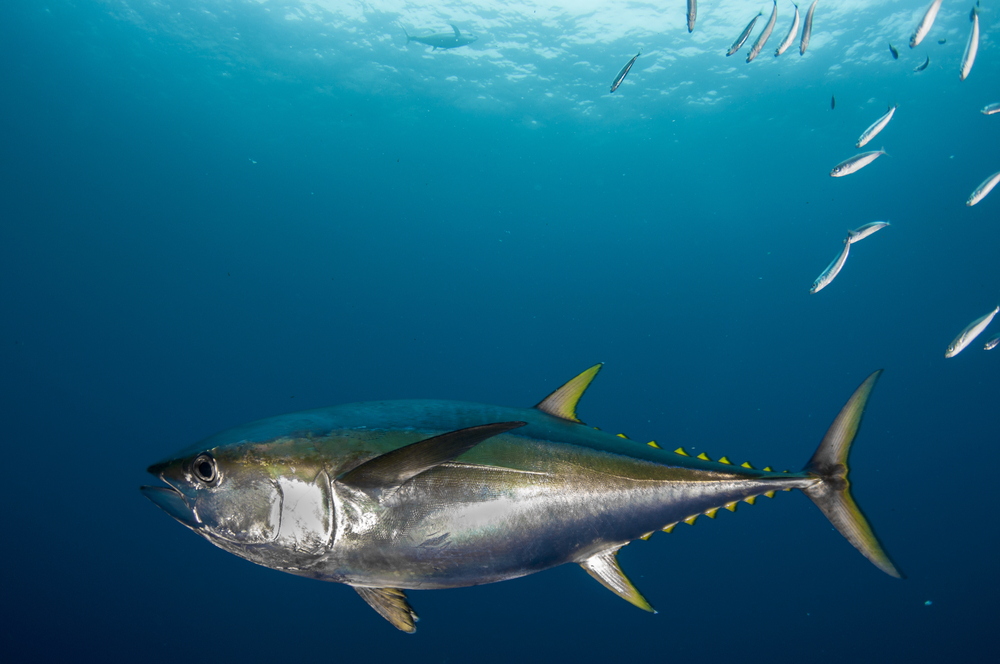
Cod, mackerel, and tuna are examples of this type of fish. For instance, the yellowfin tuna, which may grow to be 110 inches (9 feet) long and weigh over 400 pounds on average, is one of the largest animals in the ocean.
They move and hunt in groups, and they aren’t choosy about what they consume. Fish smaller than themselves (including those of their species), as well as crabs and squid, are all fair game for these predators.
What are the most dangerous predators in the ocean?
Sharks are the top predators in the saltwater fish food chain, and they are also the most dangerous.
While not all sharks are hunters (the largest, the whale shark, primarily consumes zooplankton), many of them are fierce predators.
Large sharks will consume a variety of prey at various periods in their existence, ranging from herring to tuna to seals.
The average female Great White shark is 15–16 feet in length and can grow to enormous sizes.
Sharks compete with squid, seals, dolphins, and toothed whales for the top rank among ocean predators, according to the World Wildlife Fund.
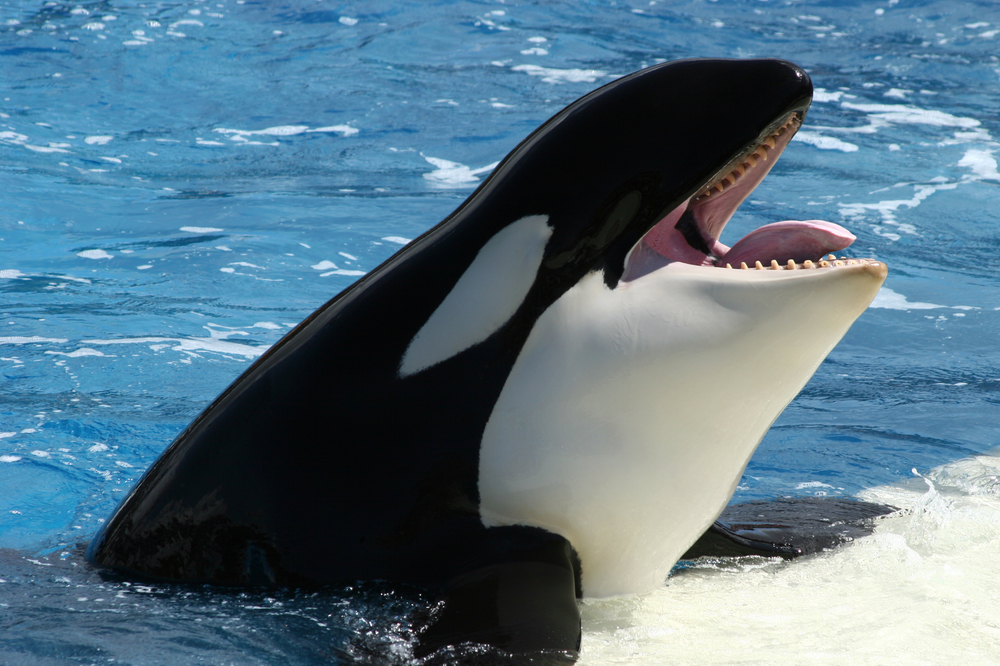
All of these species graze on a variety of marine fish and creatures of varying sizes, and as a result, they play a vital role in the saltwater food web.


